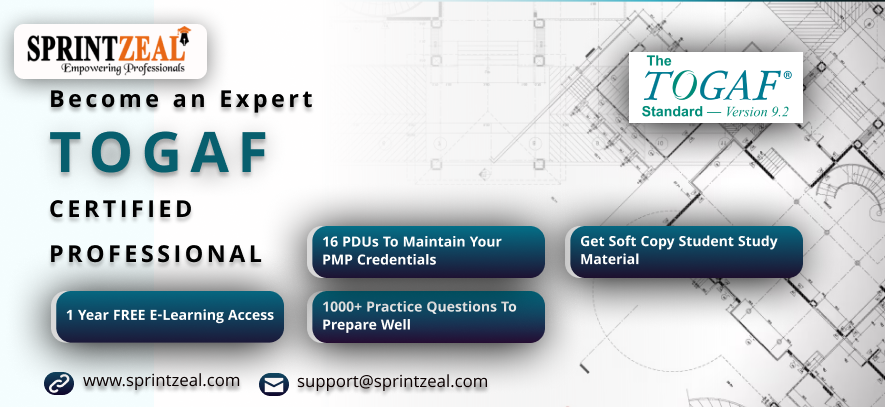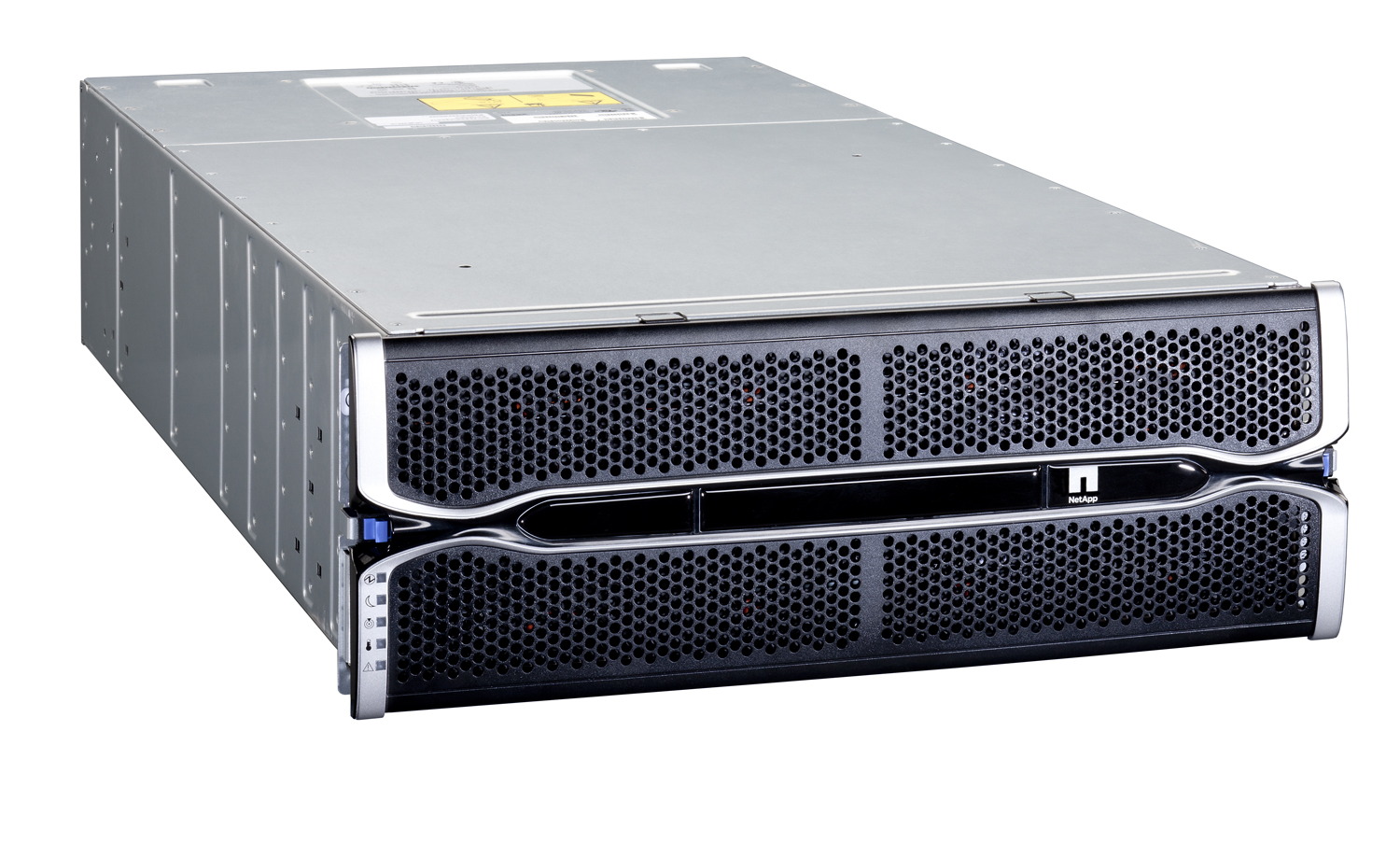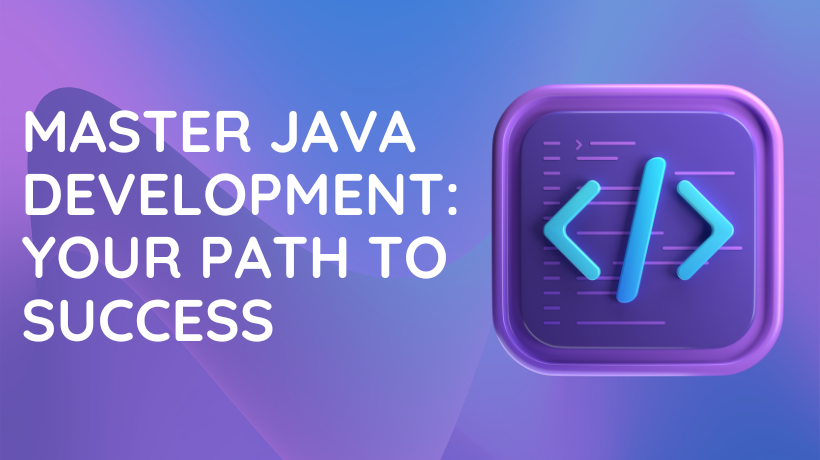Introduction
The Open Group Architecture Framework, commonly known as TOGAF, has become a globally recognized standard for enterprise architecture. As businesses strive to align their IT strategies with organizational goals, TOGAF has emerged as a pivotal framework to guide them through the complexities of architecture development. TOGAF certification has gained immense popularity among professionals aiming to enhance their skills and contribute effectively to their organizations. In this comprehensive guide, we will explore everything you need to know about TOGAF certification, from its significance and structure to the benefits it offers and the steps to obtain it.
Understanding TOGAF
TOGAF, developed and maintained by The Open Group, is an enterprise architecture methodology and framework. It provides a comprehensive approach to improving business efficiency through the strategic alignment of business and IT. TOGAF encompasses a set of tools and resources that help organizations design, implement, and manage their enterprise architecture. It is based on an iterative process model, ensuring adaptability to evolving business needs.
Key Components of TOGAF
Architecture Development Method (ADM): The core of TOGAF is the Architecture Development Method, a step-by-step approach to developing and managing an enterprise architecture. It guides practitioners through the process of creating and maintaining an architecture.
Enterprise Continuum: TOGAF’s Enterprise Continuum provides a framework for organizing and classifying architectural assets, methods, and tools. It assists organizations in categorizing and reusing architecture artifacts.
Architecture Repository: The Architecture Repository is a holding area for all architecture-related outputs, ensuring consistency and reuse across the organization. It plays a vital role in maintaining a structured approach to architecture development.
TOGAF Reference Models: TOGAF certification includes several reference models, such as the Technical Reference Model (TRM) and the Integrated Information Infrastructure Reference Model (III-RM). These models provide templates and guidelines for creating specific types of architectures.
Significance of TOGAF Certification
- Global Recognition:
TOGAF certification is globally recognized, making it a valuable asset for enterprise architects and IT professionals worldwide. Organizations often seek certified professionals to ensure the adoption of best practices in their architecture development processes.
- Career Advancement:
Achieving TOGAF certification demonstrates a commitment to professional development and a deep understanding of enterprise architecture principles. It enhances one’s credibility and opens doors to new career opportunities and advancement.
- Standardized Approach:
TOGAF provides a standardized approach to enterprise architecture, promoting consistency and coherence in architecture development. Certified professionals are equipped with a common language and methodology, facilitating collaboration across diverse teams and projects.
- Increased Efficiency:
The TOGAF framework is designed to improve business efficiency by aligning IT strategies with organizational goals. Certified professionals are well-equipped to contribute to the development of architectures that streamline processes, reduce complexity, and enhance overall efficiency.
Levels of TOGAF Certification
TOGAF certification is structured into levels, each representing a different level of expertise and proficiency in applying the TOGAF framework. The two primary levels are Foundation and Certified.
- TOGAF Foundation (Level 1):
Overview: The Foundation level focuses on ensuring a basic understanding of the core concepts and principles of TOGAF.
Exam Content:
Basic concepts and terminology of TOGAF.
The core principles of enterprise architecture.
The key features of the ADM.
Preparation:
Recommended training or self-study using official TOGAF documentation.
- TOGAF Certified (Level 2):
Overview: The Certified level builds on the Foundation level and requires a deeper understanding and application of TOGAF concepts.
Exam Content:
In-depth knowledge of TOGAF concepts and principles.
Ability to apply TOGAF in practical scenarios.
Understanding of the ADM phases and techniques.
Preparation:
Completion of a TOGAF training course.
Successful completion of the Foundation level.
Thorough understanding of the TOGAF documentation.
Benefits of TOGAF Certification
- Professional Recognition:
TOGAF certification is widely recognized in the industry, providing a mark of professionalism and expertise in enterprise architecture. Certified individuals are often preferred by employers seeking to implement robust architecture practices.
- Career Opportunities:
The demand for skilled enterprise architects is on the rise. TOGAF certification enhances career opportunities by opening doors to roles such as Enterprise Architect, Solution Architect, and IT Strategist.
- Global Networking:
TOGAF certified professionals become part of a global community of enterprise architects. This network offers opportunities for collaboration, knowledge exchange, and staying updated on industry best practices.
- Organizational Impact:
Certified professionals can contribute significantly to their organizations by implementing TOGAF principles. This leads to improved business processes, better alignment of IT strategies, and enhanced overall organizational efficiency.
How to Obtain TOGAF Certification
- Preparation:
Self-Study: Individuals can choose to self-study using official TOGAF documentation, including the TOGAF Standard and the TOGAF Certification Conformance Requirements.
Training Courses: Many accredited training providers offer TOGAF training courses. These courses cover the required content and often include practice exams.
- Choose an Accredited Training Course:
The Open Group has accredited various training providers to deliver official TOGAF training. It is recommended to choose a reputable and accredited training course to ensure the quality of education.
- Register for the Exam:
Once adequately prepared, individuals can register for the TOGAF certification exam through The Open Group or an authorized examination provider.
- Take the Exam:
The TOGAF exams are typically administered through Pearson VUE or other authorized testing centers. The exams are computer-based and consist of multiple-choice questions.
- Achieve Certification:
Upon successful completion of the exam, candidates receive their TOGAF certification. The certification is valid for a certain period, after which individuals may need to renew it through ongoing professional development.
Tips for Success in TOGAF Certification
- Understand the ADM:
A deep understanding of the Architecture Development Method is crucial. Focus on each phase and the techniques associated with them.
- Practice with Scenarios:
TOGAF exams often include scenario-based questions. Practice solving scenarios to ensure readiness for this format.
- Use Official Study Materials:
Rely on official TOGAF documentation and study materials. The TOGAF Standard and the TOGAF Certification Conformance Requirements are essential references.
- Take Practice Exams:
Many training providers offer practice exams. Taking these exams helps candidates become familiar with the format and style of questions.
- Stay Updated:
The field of enterprise architecture evolves. Stay updated on the latest trends and developments to ensure relevance and continued success in the profession.
Conclusion
TOGAF certification has become a hallmark of excellence in enterprise architecture. By providing a standardized approach to architecture development, TOGAF equips professionals with the tools and knowledge needed to navigate the complexities of aligning IT strategies with organizational goals. The certification not only enhances career opportunities but also contributes to the overall efficiency and success of organizations embracing enterprise architecture. Aspiring enterprise architects and IT professionals can embark on the TOGAF certification journey to gain a competitive edge in today’s dynamic and ever-evolving business landscape.



